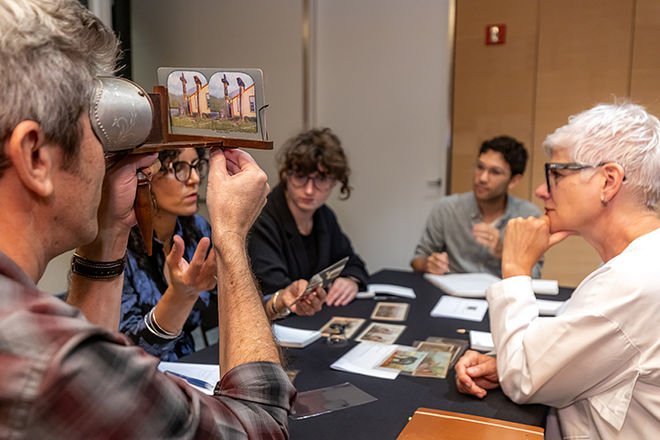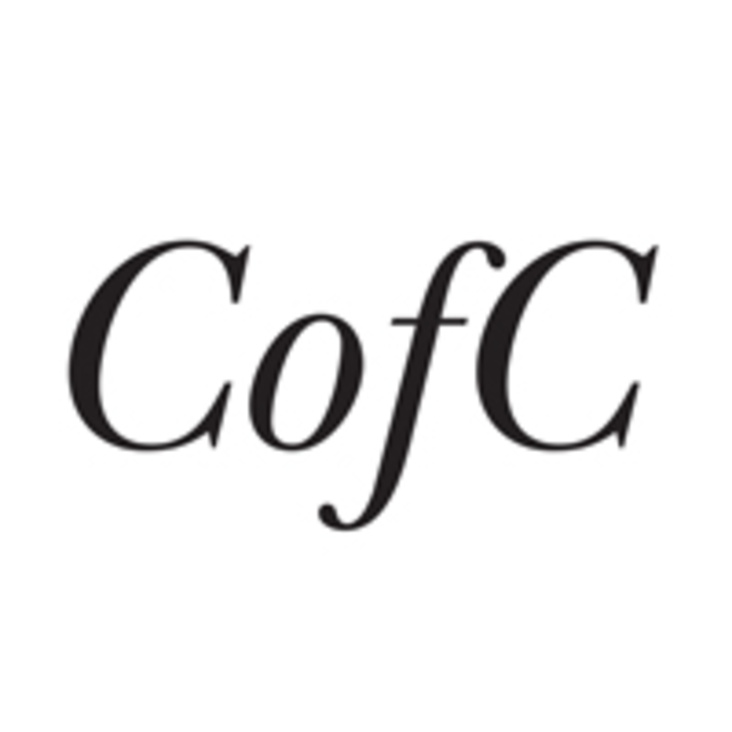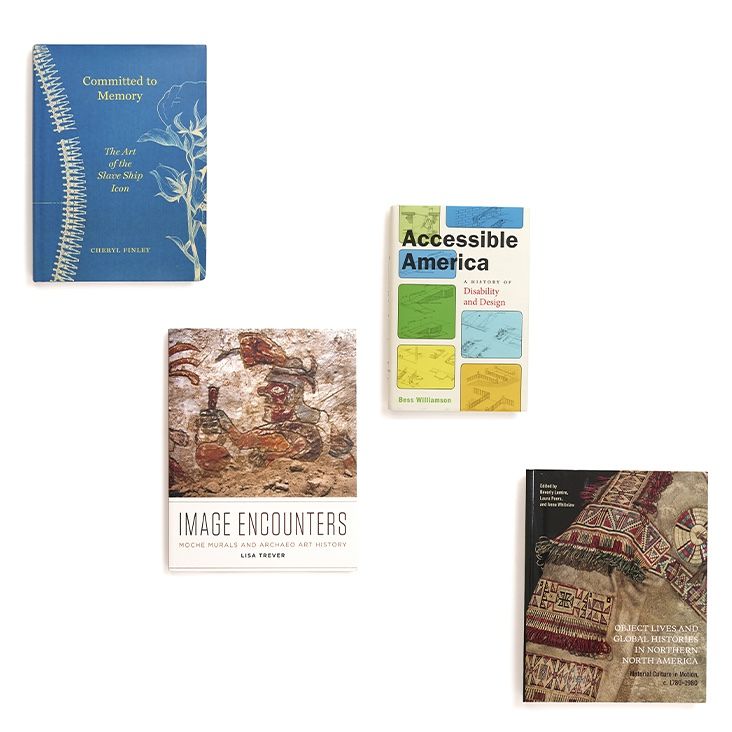This lecture was originally delivered on Tuesday, October 27, 2015 as part of the Cultures of Conservation “Keyword” Panel: Conserving an Alutiiq Kayak.
This event is the first in a series of “Keyword” panel
discussions, a new component of Bard Graduate Center’s multi-year Cultures of
Conservation initiative generously funded by the Andrew W. Mellon Foundation.
The panels bring together scholars and conservators to explore four
conventional values in the field of conservation practice: preservation of the
material object; reversibility or visibility of the conservation treatment;
attention to the physical and conceptual integrity of the original item; and
respect for the intention of the maker or artist. Across a series of diverse
case studies, speakers will unpack these key phrases to reveal how contemporary
conservation projects both channel and challenge standard approaches to
object-based research and museological treatment.
The series begins by focusing on a recent collaborative
project to conserve a highly rare, mid nineteenth-century Alutiiq kayak in the
collection of Harvard’s Peabody Museum of Archaeology and Ethnology. Peabody
Museum conservators worked closely with staff from the Alutiiq Museum and
Archaeological Repository in Kodiak, Alaska, to study and conserve the singular
warrior/whaling vessel while also supporting the revitalization of kayak
building and related skills among the current Alutiiq population. A
cross-generational team of Alaska Native community members worked—in person and
remotely, via social media—with scholars, conservators, and students at Harvard
to understand the kayak as a physical object and as an ongoing carrier of
Alutiiq cultural values and knowledge prior to collectively determining
conservation treatment and long-term care. The panelists, who feature two of
the main project participants, will discuss these and similar efforts to adapt
standard conservation and stewardship practice to the specific needs of living
Indigenous communities.
Video Index
- 00:20—Opening Remarks with Professor Aaron Glass
- 04:29—Lecture with T. Rose Holdcraft
- 21:44—Lecture with Sven Haakanson Jr.
- 33:36—Lecture with Judith Levinson
- 50:10—Lecture with George Nicholas
- 1:14:02—Panel Discussion with Audience Q&A
Sven Haakanson Jr. joined the faculty at the University of Washington as Associate Professor of Anthropology and Curator of North American Anthropology, Burke Museum, after having served, from 2000-2013, as Executive Director of the Alutiiq Museum in Kodiak, Alaska. As a native Sugpiaq, archaeologist and artist, Haakanson straddles worlds in an effort to resuscitate, preserve and give contemporary meaning to Indigenous histories and traditions.
T. Rose Holdcraft serves as senior conservator responsible for conservation services and programs at the Peabody Museum of Archaeology and Ethnology, specializing in textiles and objects. Through long-range planning efforts she couples exhibition-conservation activities with environmental improvement and conservation initiatives, preventive conservation programs, and conservation training of student interns.
Judith Levinson is Director of Conservation in the Division of Anthropology, American Museum of Natural History, where she works to conserve the museum’s archaeological and ethnographic collections, and has extensive experience with the museum’s dioramas and other permanent and temporary exhibits. She has been a lecturer at the Conservation Center of the Institute of Fine Arts, New York University, teaching advanced courses in inorganic materials and exhibits conservation.
George Nicholas is a professor of Archaeology at Simon Fraser University in Burnaby, British Columbia, and the director of the Intellectual Property Issues in Cultural Heritage (IPinCH) project, a 7-year initiative funded by the Canadian Social Sciences and Humanities Research Council. His research focuses on Indigenous peoples and archaeology, intellectual property issues relating to archaeology, the archaeology and human ecology of wetlands, and archaeological theory and practice, all of which he has published extensively on.



















